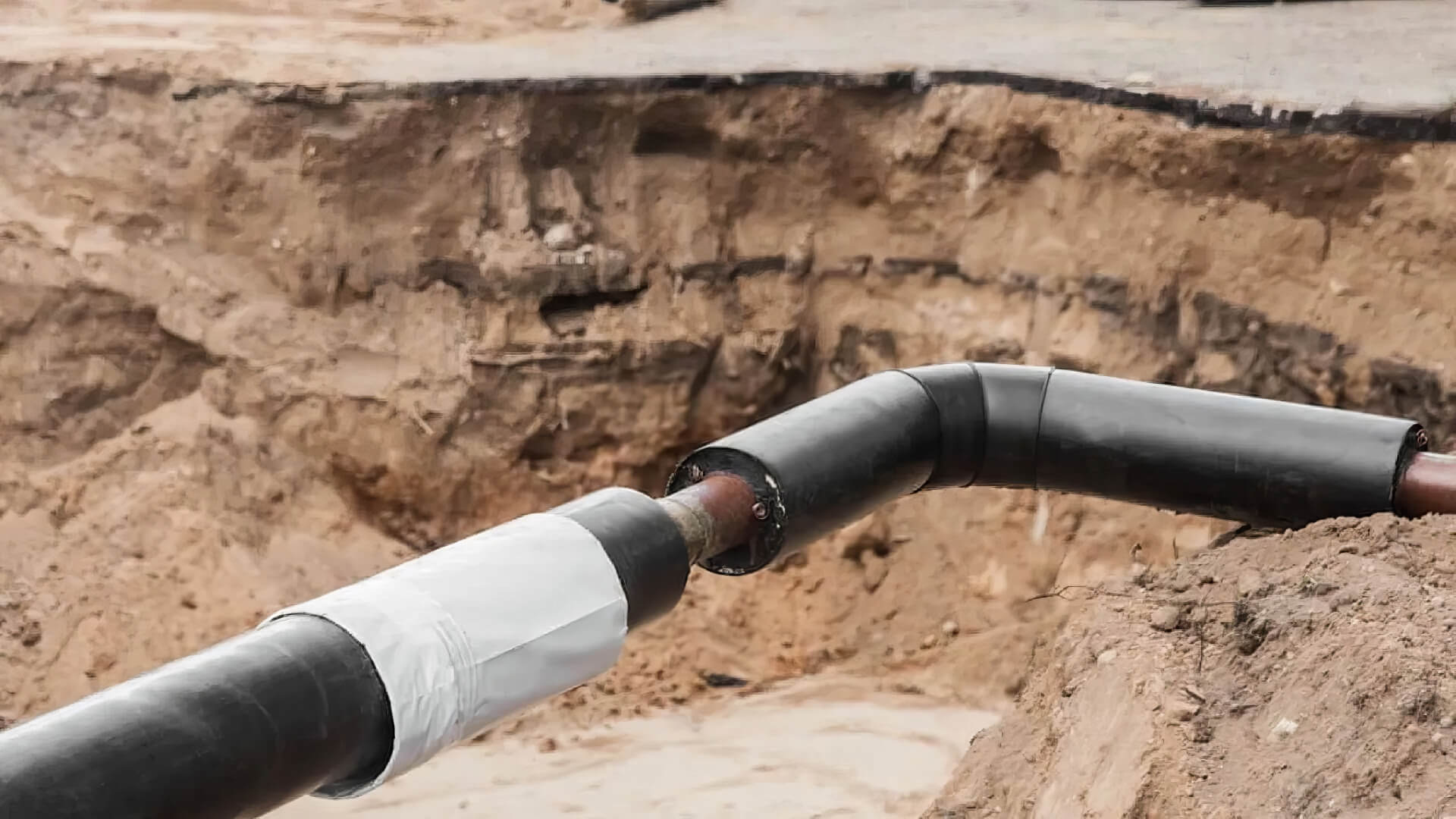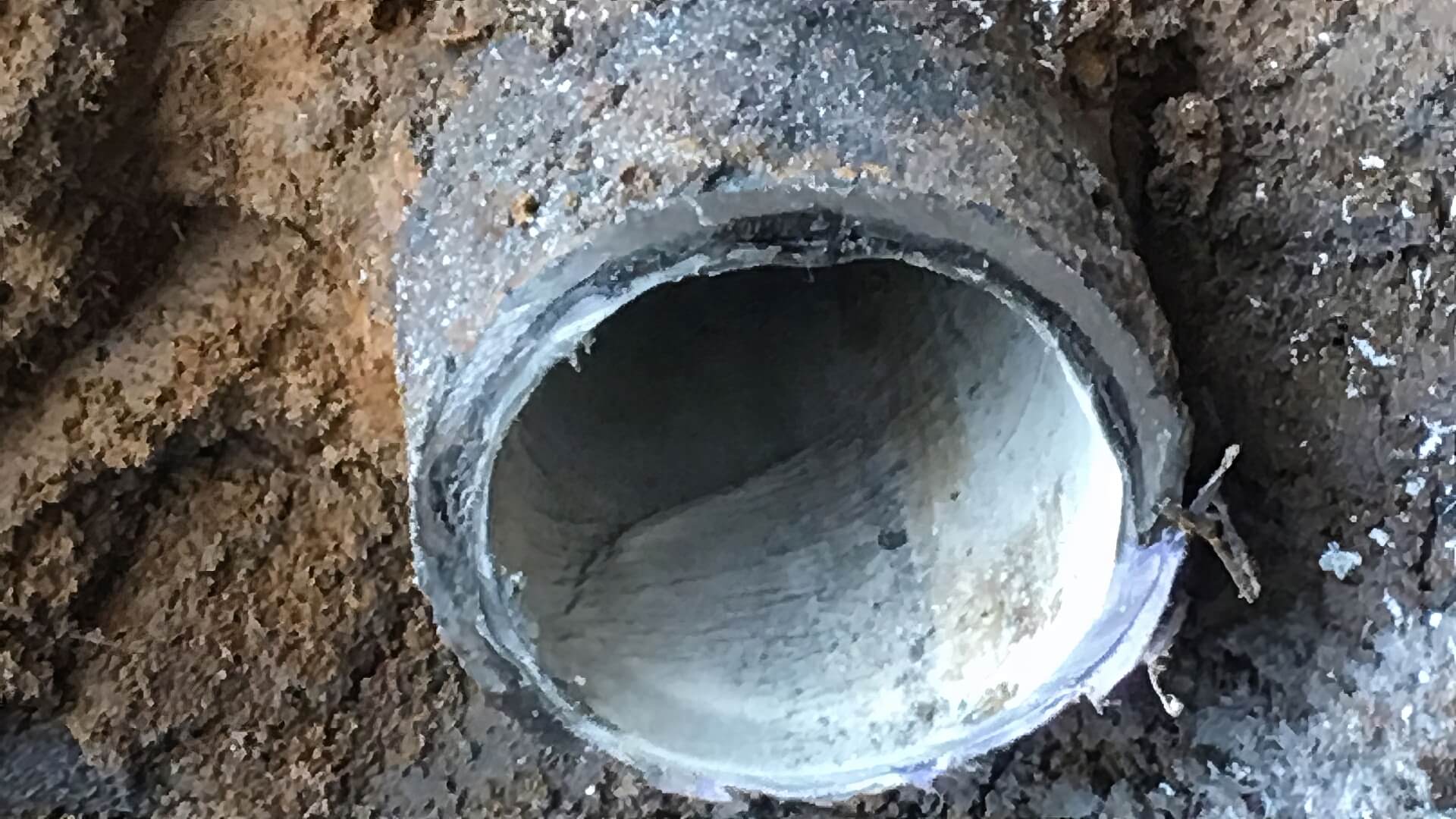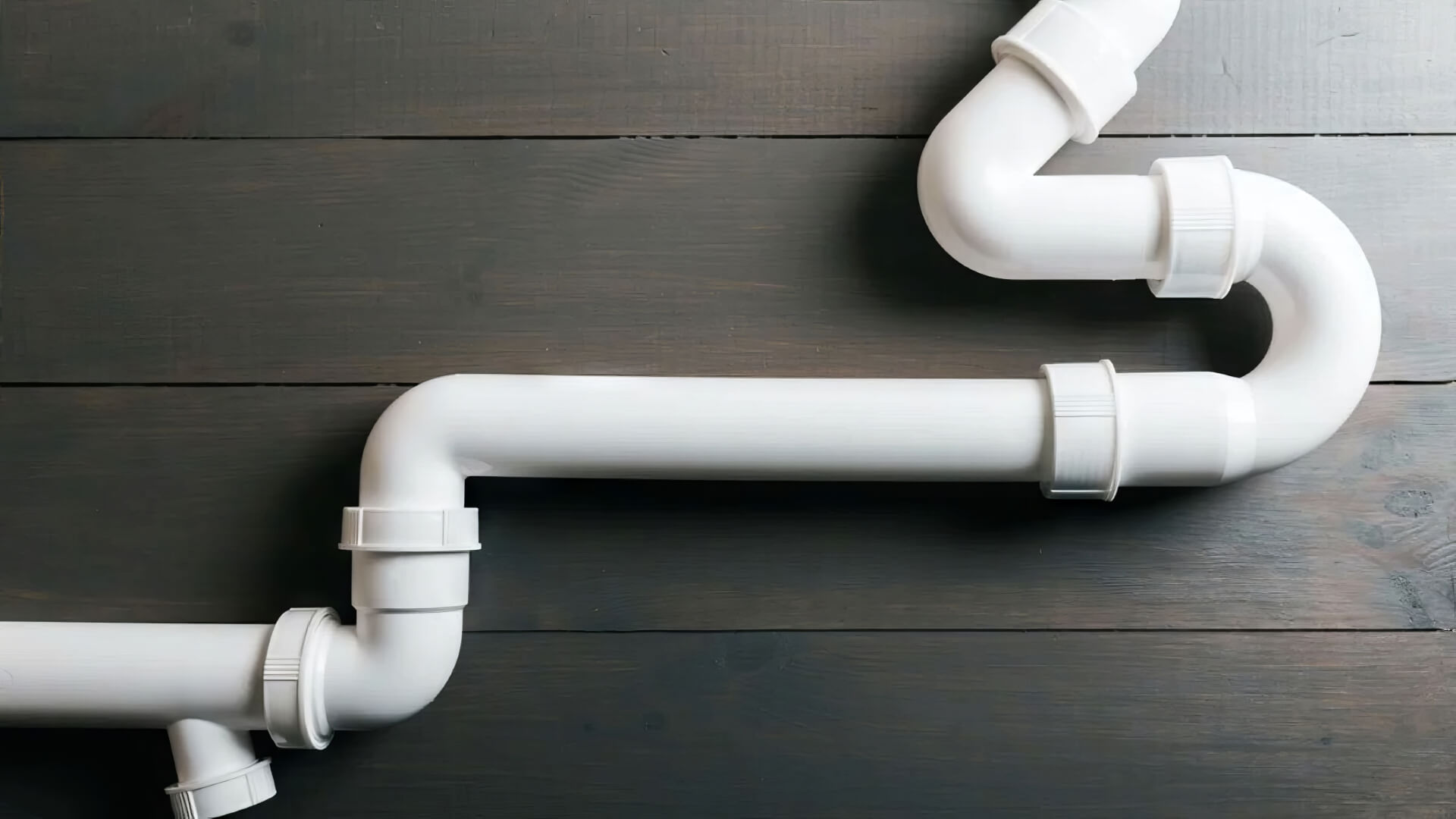Dangers and health risks of gas leaks
Leaking gas lines pose serious dangers that should not be taken lightly. Inhaling natural gas can lead to headaches, dizziness, nausea, and in serious cases, loss of consciousness or coma. The characteristic "rotten egg" sulphur smell acts as an alert to the presence of gas, but lack of odour does not mean lack of danger.
LPG, being heavier than air, can accumulate at ground level leading to oxygen displacement and increasing the risk of suffocation. Promptly addressing gas leaks is crucial due to the risk of explosions, particularly in confined spaces. Common reasons for gas line maintenance include faulty appliances, damaged pipes, and incorrect installations.
Exposure over time can harm lung function and exacerbate respiratory illnesses. Children, pregnant women, the elderly, and individuals with underlying health conditions are exceptionally vulnerable. If you suspect gas leak exposure, immediately move to an area with fresh air and seek medical assistance. Ultimately, to ensure your safety, gas leaks require urgent qualified assistance.
How to detect gas leaks
There are several methods to check for gas leaks within your home:
- Apply soapy water or a special gas leak detector solution to joints and connections on appliances and pipes, ensuring no leak compromises your safety. Bubbles are a telltale sign of line leaks your gas system could be experiencing.
- Annual inspections by qualified technicians are essential for early issue identification.
- Be alert to signs like brown or dead patches of vegetation, which can signal a gas leak caused by soil oxygen displacement.
- Carbon monoxide detectors should be installed to monitor air quality and detect leaks from appliances, including water heaters.
- Check that burners, including those on your hot water system, are blue in colour - yellow/orange flames may indicate issues.
- Be aware of any sulphuric or rotten egg odours, which might signify gas line leaks your sensors have detected.
Being vigilant via regular maintenance and following safe procedures when lighting appliances can help minimise leaks. Contact a licensed gas fitter immediately upon observing any sign of a gas leak to prevent hazardous scenarios.
When to call a professional
Gas line repairs should only be undertaken by licenced professionals due to the complexity and risk involved. DIY attempts even by skilled homeowners can prove extremely hazardous due to complex procedures and specialised equipment involved.
Legal regulations generally prohibit unqualified persons from performing work on potential gas line problems. Breaching these laws through unauthorised repairs risks heavy fines or prosecution, alongside endangering occupants and property if mistakes occur.
Qualified professionals can effectively mitigate gas-related dangers. Traces of leaking gas can ignite, explode and cause asphyxiation if disturbed without proper precautions, training and gear. Technicians undertake extensive safety measures like testing for gas line leaks, mapping pipe layouts and using protective apparatus.
Inexpert repairs typically lead to professional intervention eventually, incurring higher costs. Licenced gas fitters possess the technical knowledge, resources and experience vital to conduct repairs safely and legally.
If any leak or issue is suspected with your gas line, appliance, or meter, promptly cut off main gas but refrain from further intervention. Contact accredited gas specialists without delay to properly rectify the gas leak in your home.
Step-by-step guide to minor gas line repairs
When suspecting a minor gas line leak, prioritising safety is essential. Ensure the gas is shut off before beginning any repair steps.
- Turn off the main gas valve, typically located near your gas meter. This will prevent further gas flow and allow you to focus on finding the source leak.
- Ventilate the area by opening doors and windows. This will allow any gas build-up to dissipate.
- Use an approved leak detection spray or soapy water to identify the exact source of the leak.
- Once identified, switch off any appliances connected to the leaking line.
- Assemble relevant PPE like gloves, goggles and masks to protect yourself.
- Collect the required tools and fittings, such as joining tape, clamps, seals, and potential replacement sections, based on the nature of the leak.
- Carefully detach the section of pipe according to proper procedure, checking for residual gas flow.
- Thoroughly clean and prepare the faulty and replacement sections.
- Use a suitable sealant on the fittings and securely reconnect them with clamps.
- Pressure test the line using nitrogen or compressed air based on legal requirements.
- Check all connections for leaks using leak detection methods.
- When no further issues are detected, cautiously resume the main gas supply, continuously observing the joints.
- Contact your gas provider to inspect repairs as soon as possible after completing work.
This basic outline covers common steps for minor issues, but remember that leaks can indicate more highly technical problems with your gas lines. Consult licenced professionals unless thoroughly trained and equipped yourself.
Safely turning gas supply back on after repairs
In resuming gas supply after repairs, maintaining safety is of utmost importance:
- Ensure the repaired section has stood up to pressure testing and all connections are gas-tight.
- Ventilate the area thoroughly before turning supply back on to avoid gas build up.
- Ensure appliances are switched off before restoring the main gas valve supply.
- Slowly reopen the main gas valve while checking joints for any signs of further leaks.
- Test appliances one by one, reigniting pilot lights cautiously where required.
- Verify burner flames are blue and operating correctly.
- Think about fitting a gas leak detector for continuous surveillance, which can be done using advanced sensor technology.
- Notify your gas provider and certify repairs through required inspections.
Hastening the reconnection process could lead to gas fires or explosions. Work methodically to guarantee all aspects are completely safe before relighting appliances.
Testing repairs were successful
Once gas line repairs are complete, thorough testing is crucial to confirm no leaks remain and all joints are gas-tight. An effective step-by-step process includes:
- Conducting leak tests by applying soapy water solution to all joints, valves and connections. Observe carefully for any bubbles which indicate escaping gas.
- Carefully inspect pipe alignments, fittings, and seals to ensure correct positioning and secure connections.
- Testing appliance burner flames are sharp blue in colour, not yellow/orange, and operating fully.
- Monitoring all repaired areas over several days for the faint rotten egg smell of gas leaks.
- Installing gas leak detectors nearby for ongoing monitoring.
- Arrange for extra pressure tests or inspections by your gas utility or licensed technicians to prevent future leaks.
By conducting these checks meticulously, you can confirm successful repairs, safe operation, and eliminate the risk of persisting leaks. Do not restore full gas supply until entirely confident no leak your gas line may have remains.
Preventing future gas leaks
Preventative measures against gas leaks include regular system maintenance and swift action upon identifying problems. Schedule annual safety checks by qualified technicians to monitor pipe condition, identify deterioration and repair leak issues early. If any rotten egg smell manifests, immediately investigate and address the cause.
Additionally, use gas detectors and carbon monoxide alarms for constant monitoring. Ensure these are kept in proper working order. Furthermore, learn how to conduct basic leak checks yourself using soapy water solutions to regularly inspect the system.
Delayed repairs may exacerbate the issue, potentially leading to more severe complications.
Recognizing damaged gas lines
There are several key signs that may indicate your gas lines are damaged and require attention:
- Visible corrosion, cracks, dents or other degradation of the pipes and joints
- A persistent gas or rotten egg smell near appliances or lines
- Flames from gas appliances burning orange or yellow instead of blue
- Unexplained increased gas usage shown on utility bills
- Unusual noises from pipes like hissing or whistling
- Dead vegetation patches in soil above buried gas lines
- Pilot lights frequently blowing out
- Soot buildup on appliances
Such issues may indicate the need for gas line inspections due to potential pipe breaches, obstructions, or appliance faults leading to gas escape. Left unaddressed, they can lead to further deterioration and heighten risk of fires, explosions and carbon monoxide poisoning.
Upon noticing these problems with your property’s gas line, take immediate safety precautions and call a licensed gas fitter. Do not attempt lighting appliances. Contact qualified gas technicians immediately to inspect lines and repair any damages securely.
Early leak detection and timely line replacement are critical to preventing disastrous incidents in gas systems. Stay vigilant for warning signs and prompt in addressing them through licenced professionals.
Gas line replacement
In some cases, gas line repairs may not suffice and whole line replacement becomes necessary. Significant corrosion, recurring leaks and substantial damage that cannot be patched indicate replacement need. If the pipe material is outdated or unsafe, like old galvanised iron, replacement is typically advised over attempts at repair.
Replacing gas lines could take complex planning and requires qualified technicians to execute properly. The process involves determining replacement route and materials, safely disconnecting the old pipe, purging all gas, installing the new line according to regulations, followed by meticulous pressure testing and leak checks before reconnection occurs. All appliances must then be tested for correct functioning.
Given the intricacies and risks, gas line replacement is not DIY friendly. Licenced specialists possess essential expertise related to legally mandated procedures, materials, fittings and safety precautions. They also manage secure capping of old lines and liaison with gas utility providers regarding required approvals and inspections.
Engage certified gas fitters for replacement projects to ensure long-term safety and regulatory compliance. DIY attempts at line replacements could lead to legal repercussions, dangerous leaks, and invalidate insurance if issues arise.
What to do in a gas emergency
If a severe gas leak or emergency occurs, safety is paramount. Follow these critical steps:
- Evacuate everyone from the affected area immediately.
- Avoid turning any electrical switches on or off, as sparks could ignite the gas.
- Do not light matches or lighters, as the gas fumes are flammable.
- Contact emergency services on 000 and notify your gas utility provider of the issue.
- Ventilate the area by opening doors and windows, but do not enter the property again until emergency crews have secured the site.
- Ensure no ignition sources are nearby when ventilating.
- For urgent assistance by licensed technicians, call Beverley Park Plumbing’s 24/7 emergency gas leak number at 1300 349 338.
In cases of severe leaks in gas pipes, evacuation is vital. Attempting to rectify major issues yourself risks fatal consequences from fire, explosion or poisoning. Specialist responders possess essential expertise in containing dangerous gas emergencies safely.






